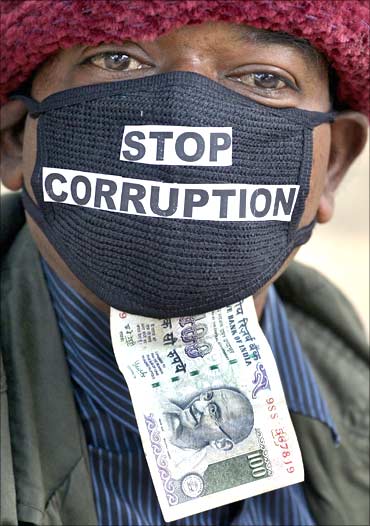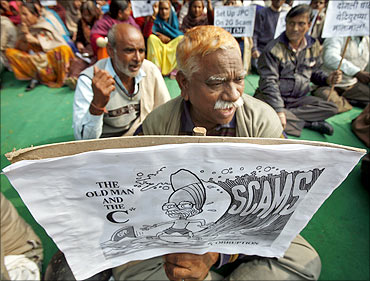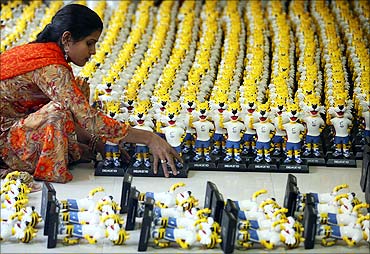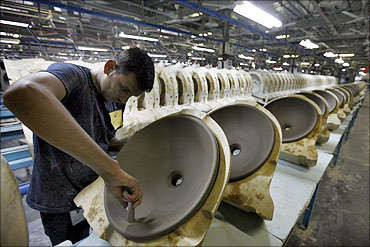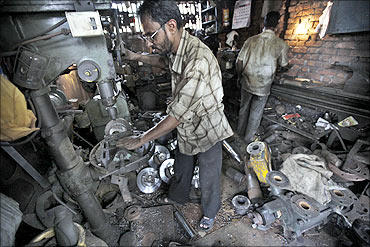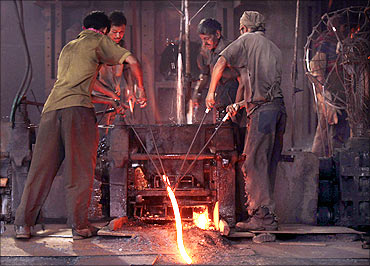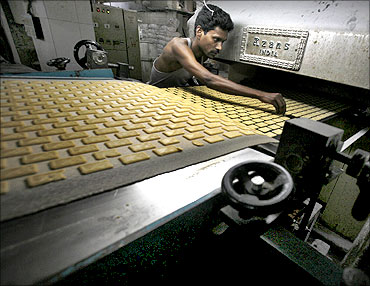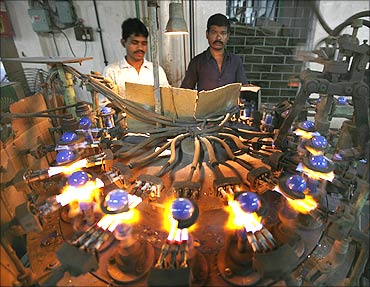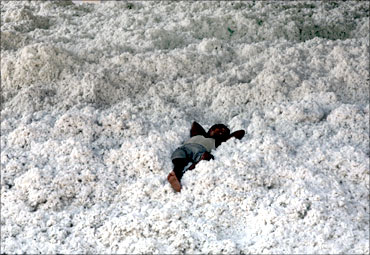 | « Back to article | Print this article |
Bribery, corruption hit India's manufacturing sector
Over 25 per cent of Indian manufacturing sector respondents have been victims of economic crime in the past year as against 21 per cent of the global manufacturing sector respondents.
Further, 33 per cent of manufacturing company respondents in India cited accounting fraud to have affected their business in the past year.Click NEXT to read on...
Bribery, corruption hit India's manufacturing sector
Accounting fraud encompasses a variety of fraudulent actions including accounting manipulations, fraudulent borrowing or raising of finance, fraudulent application for credit and unauthorised transactions or rogue trading.
About 17% of respondents from the manufacturing sector in India reported having suffered asset misappropriation.
Click NEXT to read on...
Bribery, corruption hit India's manufacturing sector
Click NEXT to read on...
Bribery, corruption hit India's manufacturing sector
a) agreed quality standards and
b) financial covenants.
The fraud triangle links three conditions fraud experts say are always present whenever fraud occurs:
1. Opportunity
2. Incentive/pressure
3. Justification to commit fraud
Click NEXT to read on ...
Bribery, corruption hit India's manufacturing sector
Click NEXT to read on...
Bribery, corruption hit India's manufacturing sector
1. Internal audit being asked to do more work and/or with less staff
2. Transfer of operations to new territories
3. Reduced regulatory oversight
4. Weakening of IT controls making the organization more vulnerable
Click NEXT to read on
Bribery, corruption hit India's manufacturing sector
1. Targets more difficult to achieve
2. Fear of job loss3. Employees want to make their numbers in order to earn performance bonuses
4. Senior management's intention to report a desired level of financial performance
5. Pressure to maintain financial performance to ensure lenders do not cancel debt facilities
Entities may resort to fudging of financial statements to reflect healthy financial state; they may hide or understate the underlying debt covenants and continue obtaining working capital based on such fraudulent statements.
Click NEXT to read on ...
Bribery, corruption hit India's manufacturing sector
Click NEXT to read on ...
Bribery, corruption hit India's manufacturing sector
Respondents in the manufacturing sector in India tended to be overly optimistic regarding the future of economic crime, despite the actual incidences of economic crime being much higher.
When asked about the most likely fraud threats in the next 12 months, the respondents primarily indentified accounting fraud (including one or more categories of accounting fraud), money laundering, bribery and corruption and asset misappropriation.
Additionally, the respondents perceive tax fraud and illegal insider trading to be an emerging threat in the coming year, though not experienced in the last 12 months.
Click NEXT to read on...
